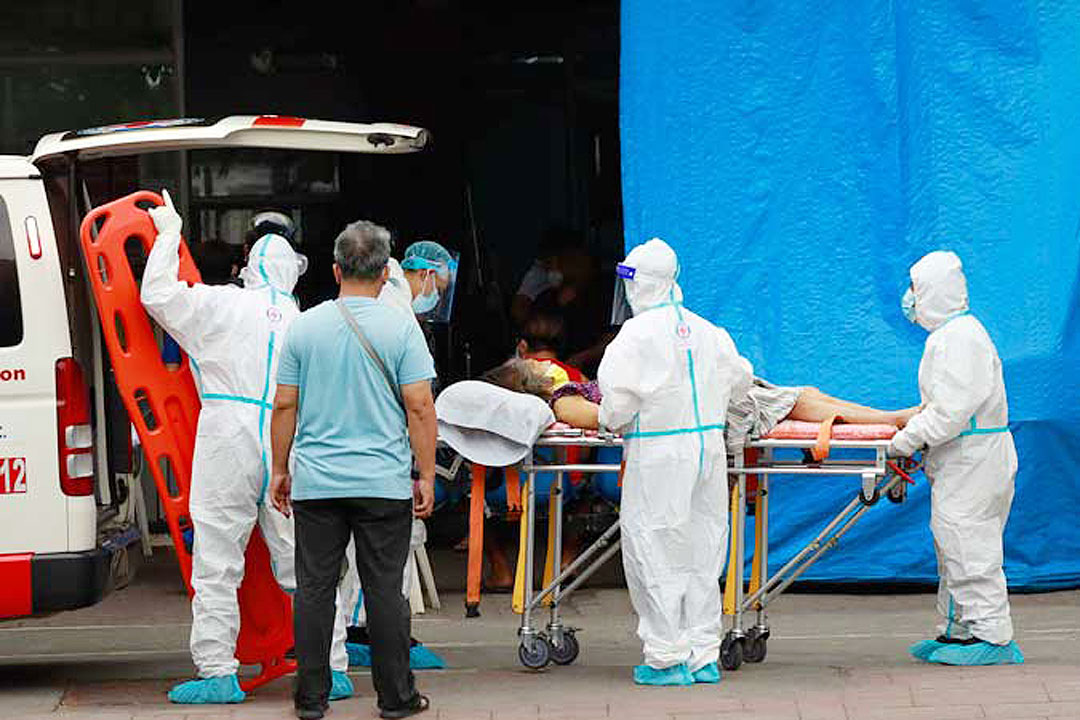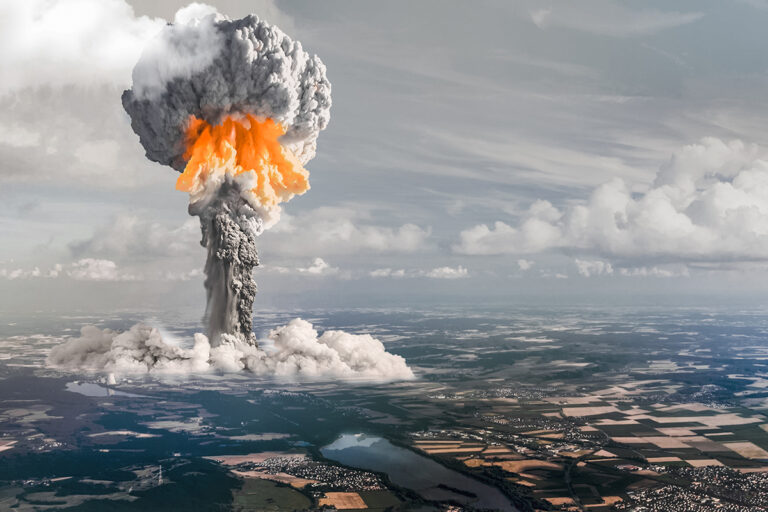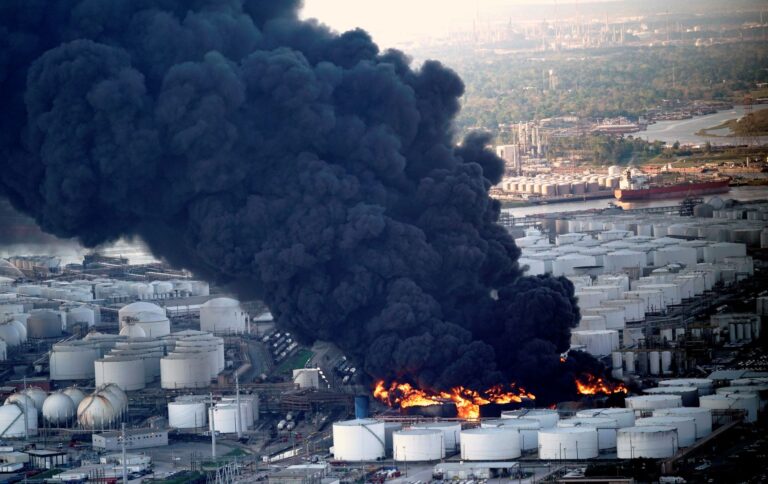Biological disasters are causative of process or phenomenon of organic origin or conveyed by biological vectors, including exposure to pathogenic micro-organisms, toxins and bioactive substances that may cause loss of life, injury, illness or other health impacts, property damage, loss of livelihoods and services, social and economic disruption, or environmental damage. Examples of biological disasters include outbreaks of epidemic diseases, plant or animal contagion, insect or other animal plagues and infestation.
- Natural Biological Disasters:
- Pandemics and Epidemics: Pandemics are large-scale outbreaks of infectious diseases that can affect entire continents or even the world. Examples include the 1918 influenza pandemic, HIV/AIDS, and more recently, the COVID-19 pandemic. Epidemics are similar but on a smaller scale. These disasters can lead to substantial loss of life and disrupt society on a massive scale.
- Emerging Infectious Diseases: New infectious diseases can emerge as a result of various factors, such as changes in the environment, human behavior, or the evolution of pathogens. Diseases like Ebola, SARS, and Zika are examples of such emerging threats.
- Vector-Borne Diseases: Biological disasters can also result from the spread of diseases by vectors like mosquitoes and ticks. Malaria, dengue fever, and Lyme disease are examples of vector-borne diseases that can have widespread health and economic impacts.
- Man-Made Biological Disasters:
- Bioterrorism: The intentional use of biological agents, like bacteria, viruses, or toxins, to harm or terrorize populations is a grave concern. Bioterrorism can have a significant impact, not only in terms of immediate casualties but also psychological and societal disruption.
- Accidental Releases: Laboratory accidents or mishandling of biological materials can lead to unintended releases of pathogens, as demonstrated by incidents like the 1979 Sverdlovsk anthrax outbreak in the Soviet Union or the 2001 anthrax attacks in the United States.
- Ecological Imbalances: Human activities, such as deforestation, urbanization, and pollution, can disrupt ecosystems and alter the dynamics of pathogens and their hosts. This can lead to outbreaks of diseases in new areas or the resurgence of old diseases.
- Vaccination and Treatment: Developing vaccines and treatments for infectious diseases is essential. Mass vaccination campaigns can prevent pandemics, while effective treatments can save lives during outbreaks.
- Surveillance and Early Warning Systems: Timely detection and monitoring of disease outbreaks are critical to initiating a rapid response. This involves surveillance of both human and animal populations.
- Quarantine and Isolation: Isolation measures, such as quarantine and travel restrictions, can help contain the spread of diseases in the early stages of an outbreak.
- Biosafety and Biosecurity: Proper handling and containment of biological agents in laboratories and research facilities are vital to prevent accidental releases and bioterrorism.
- Education and Public Awareness: Public education and awareness campaigns can inform the population about preventive measures and reduce the spread of false information during outbreaks.



